
Driverless and autonomous transportation systems
Automated guided vehicles (AGVs) have been on the market for many years. Many companies now…

BLOG series Automated storage systems
The automated small parts warehouse (AKL) is a classic solution for the efficient storage, handling and fast provision of small parts. The core component of this system and guarantor of its dynamics is the automated storage and retrieval machine (AS/RS). This device travels horizontally on a rail through the aisles of the warehouse and stops at the required position: There, a vertically operating lifting carriage moves the load carrier to different levels. The stacker crane can handle payloads of up to 250 kg, although higher loads are also possible with special designs.
The main components are:
Racking system: Racking systems for single to multiple-deep storage (single or multi-user storage) of various load carriers such as containers, trays or cartons.
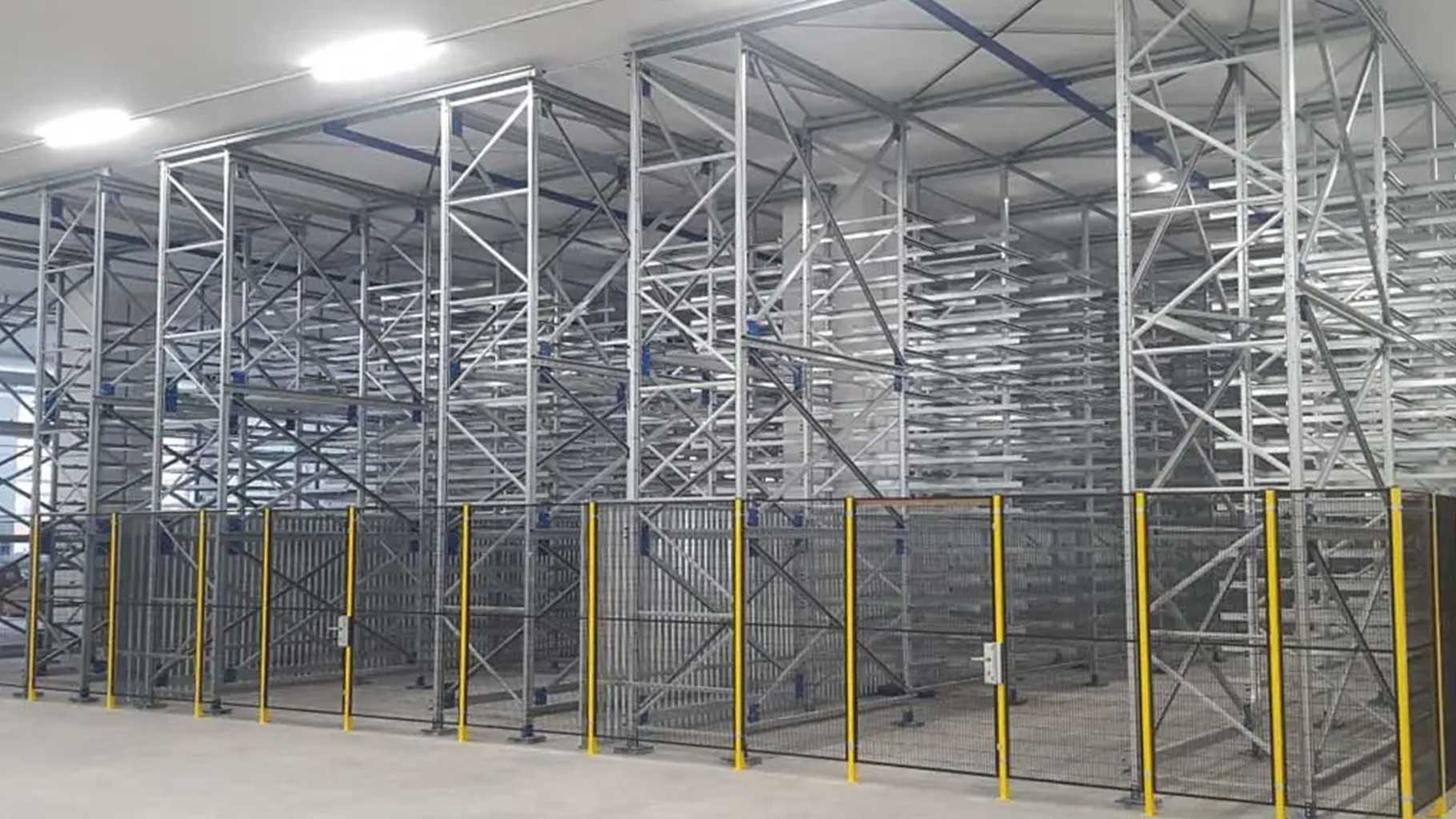
Storage and retrieval unit (RGB): The RGB is the core of the miniload and moves both horizontally and vertically in the aisles of the automated small parts warehouse. It carries out the storage and retrieval of bins, cartons or trays.
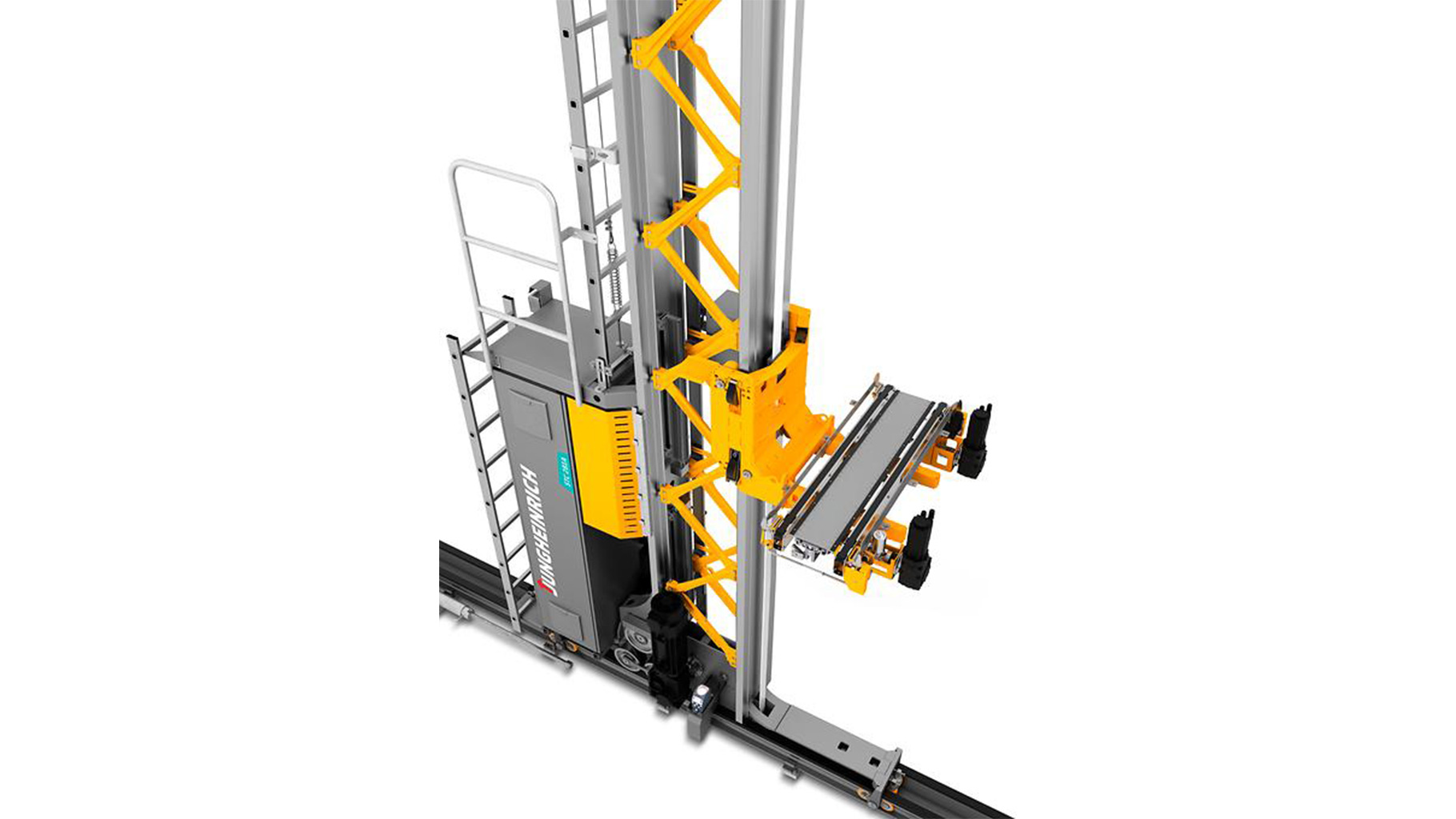
Load handling attachment (LAM): Is a mechanical unit on the storage and retrieval machine that is used to safely grip, pick up and set down storage containers, trays or cartons within the automated small parts warehouse.

Conveyor technology: In the periphery of the warehouse, an infeed and outfeed conveyor system transports the load carriers to the corresponding work stations.
Control and IT components: These include the programmable logic controller (PLC), the material flow computer (MFC), the warehouse management software (WMS) and connections to adjacent or higher-level systems such as ERP or similar.
Storage technology should always be geared to the required performance, storage density and other aspects. In this context, a miniload system with RGB offers advantages due to its simple rack construction with low complexity. The construction is less complex and the control of an RGB is also simple, low-maintenance and can therefore have lower operating costs compared to other systems. Simple technology generally means higher availability, reliability and durability.
With moderate throughput requirements, an RGB is comparatively inexpensive to purchase and has low operating costs. Compared to shuttle systems, the RGB only needs one device that covers horizontal and vertical movements.
Another advantage of the RGB is the high load capacity, which can be up to 300 kg per container, depending on the system. Furthermore, multiple-deep storage is no problem with an RGB and can significantly increase the storage density in the overall system.
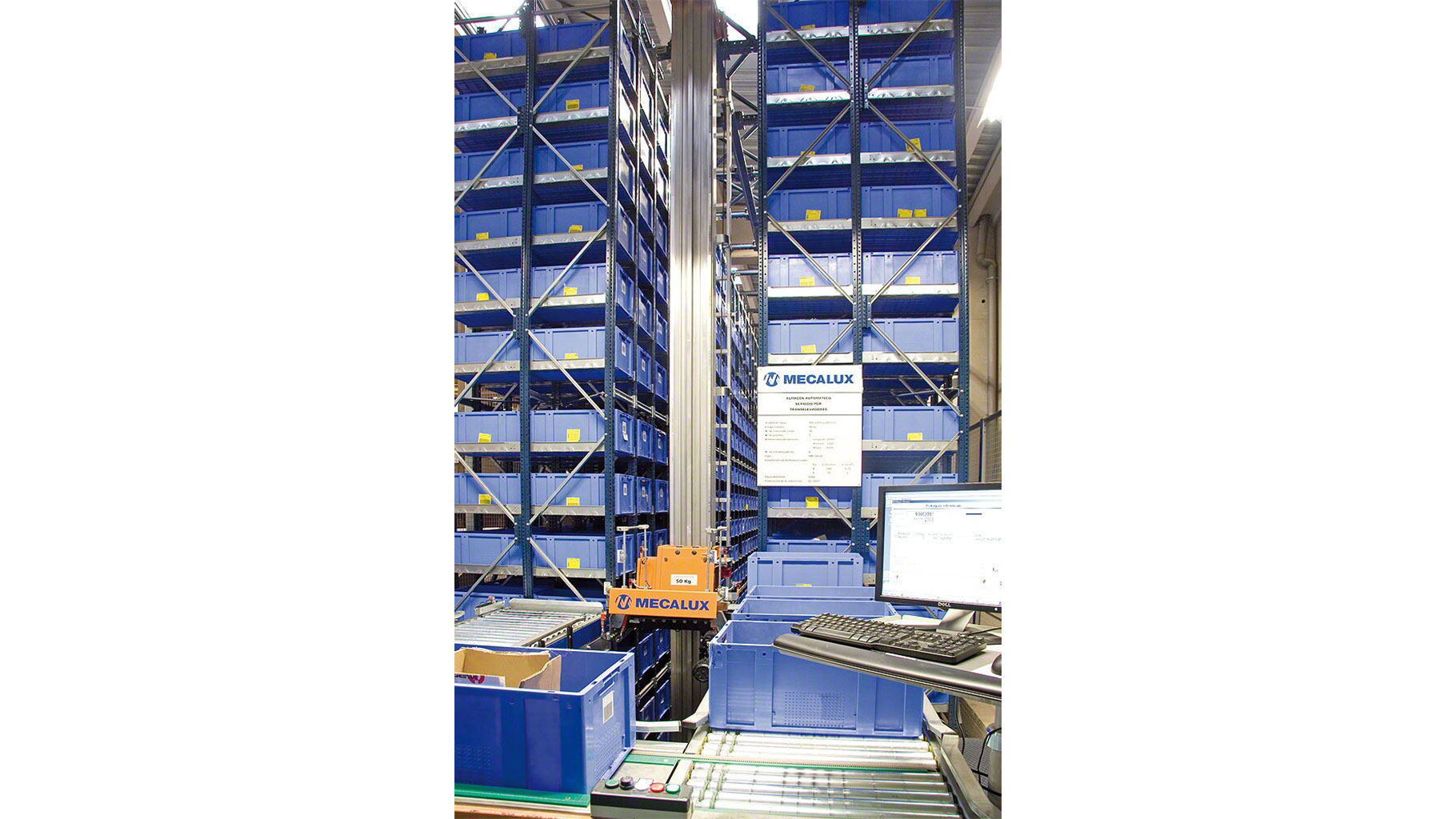

The performance depends on factors such as the length of the aisle, the height of the shelf, the speed of the RGB and the depth of the storage. Depending on the design, a modern RGB typically achieves around 100-150 double cycles per hour. A double cycle comprises one storage and one retrieval operation. As a rough guide, a speed of 6 m/s horizontally and 3 m/s vertically can be assumed. When designing the overall system, the number of aisles is the most important factor in determining performance. If the performance requirement is too high, the number of aisles increases, which makes the ASRS with RGB expensive.
This is where the system impresses with its high level of flexibility compared to other storage systems. Plastic containers, trays, metal containers, cardboard boxes and even special containers such as polystyrene boxes or mesh boxes can be used. As long as the load carrier is dimensionally stable and can be conveyed, there are technical solutions for handling the stored goods with an RGB or the load receptor.
In terms of size, storage systems for automatic small parts warehouses are limited to the basic dimensions of 400 x 600 mm. Beyond this, we speak of large load carriers. With regard to the smallest possible load carriers, an RGB is not the ideal choice. In the range from 200 x 300mm to 600 x 400mm, a miniload warehouse with RGB makes sense.
An automated small parts warehouse with RGB places higher demands on structural precision, as each aisle requires its own device and exact aisle dimensions as well as floor evenness. The load handling device must also be individually adapted to the containers, which is often more standardized with shuttle systems.
In terms of fire protection, RGB solutions require special measures in accordance with the Industrial Building Directive (IndBauRL) and the specifications of the Association of Insurers, such as sprinkler systems in every aisle, as a failure would block the entire aisle.
In addition, the monograde structure requires more comprehensive maintenance and safety concepts compared to decentralized shuttle systems. These special features make RGB systems technically more demanding, but at the same time efficient with heavy loads and high storage density.
The integration of fire protection into an automated small parts warehouse (AKL) with storage and retrieval machines (RGB) is a central component of planning – not only for safety reasons, but also to comply with legal regulations and insurance requirements. On the one hand, fire compartments, fire doors and smoke and heat extraction must be taken into account in the area of structural fire protection; on the other hand, sprinkler systems, fire alarm systems and extinguishing systems, for example with inert gas or CO2, must be taken into account in the area of system-related fire protection.
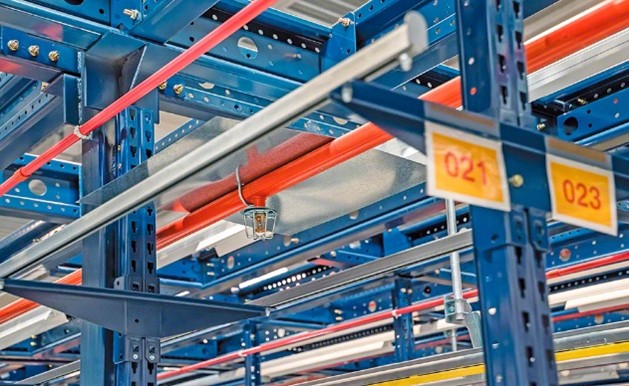
Do you have any questions about the automatic small parts warehouse with control panel or are you looking for support in deciding on the right storage system? Then please send us a message and we will get back to you.


Senior Manager, Senior Manager, Munich
The industrial engineering graduate advises his clients on issues relating to warehouse and logistics planning and the digitalization of logistics (particularly in the ERP, WMS and TMS environment). He also provides clients with comprehensive support in the areas of operations management and strategy.
You need to load content from reCAPTCHA to submit the form. Please note that doing so will share data with third-party providers.
More InformationYou are currently viewing a placeholder content from Turnstile. To access the actual content, click the button below. Please note that doing so will share data with third-party providers.
More InformationYou are currently viewing a placeholder content from Facebook. To access the actual content, click the button below. Please note that doing so will share data with third-party providers.
More InformationYou are currently viewing a placeholder content from Instagram. To access the actual content, click the button below. Please note that doing so will share data with third-party providers.
More Information